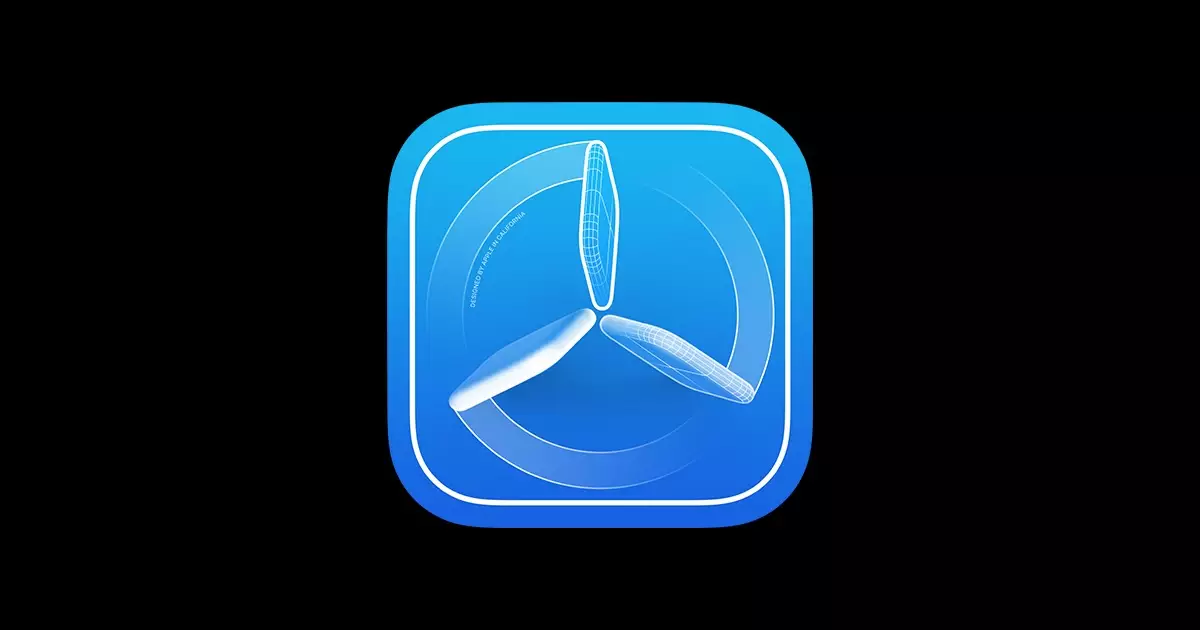Apple is once again setting the stage for innovation with the significant overhaul of its TestFlight platform, designed to streamline the app development process. This update, closely accompanying the release of iOS 18, not only empowers developers with enhanced control over their beta testing processes but also enriches the experience for those individuals who participate as testers. Recognizing the critical role that user feedback plays in refining app features, Apple has incorporated a series of strategic enhancements aimed at fostering better communication between developers and their testing communities.
One of the standout features of this update is the amplified control developers now possess over beta invitations. Rather than throwing the net wide and hoping for the best, developers can frame their invitation criteria to cater to a specific audience, such as users on certain devices or OS versions. This tailored approach not only fosters a more efficient testing process but also maximizes the relevance of feedback received. Furthermore, the new metrics dashboard that developers will gain access to is an invaluable asset. By tracking how many invitations were viewed and accepted, as well as identifying potential testers who did not meet the prescribed criteria, developers can make data-driven decisions about their beta testing strategies.
For beta testers, the redesigned invitations elevate the testing experience considerably. Invitations now offer comprehensive information about the app’s latest features or content, making it easier for users to assess whether they want to participate in the testing phase. By highlighting what’s new, Apple not only piques the interest of potential testers but also significantly influences their decision-making process. Such transparency is crucial in fostering a sense of community within the testing group, as users feel more involved in the developmental journey of the app.
Apple’s latest enhancements to TestFlight also seem to be a calculated move to stake its claim in a competitive landscape populated by alternative distribution platforms. Services like Airport and Departures have gained traction by offering app screenshots and organized categories for testing apps. By integrating similar features, such as displaying app screenshots and categories within the TestFlight invitation, Apple is likely looking to retain its developers and testers within its ecosystem. This method not only improves usability but also standardizes the experience, making it feel akin to downloading from the App Store itself.
As the app development environment becomes increasingly competitive, Apple’s overhaul of TestFlight stands as a testament to its commitment to fostering an efficient and user-centric testing process. By equipping developers with the tools to better define their audience and garner relevant feedback, Apple is not only enhancing the app development lifecycle but is also ensuring that users feel empowered and engaged in the evolution of the apps they test. This revitalized focus on collaboration between developers and testers positions Apple’s TestFlight as a formidable tool in the app landscape, setting a new standard for what beta testing can achieve.

